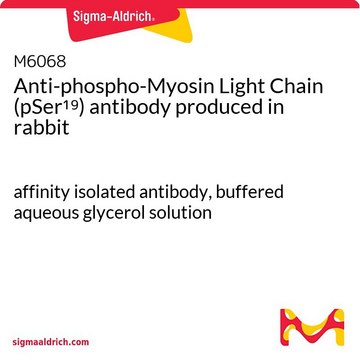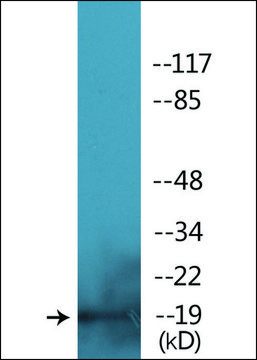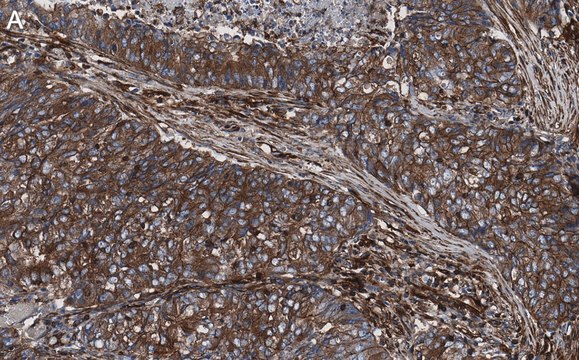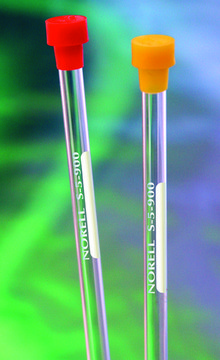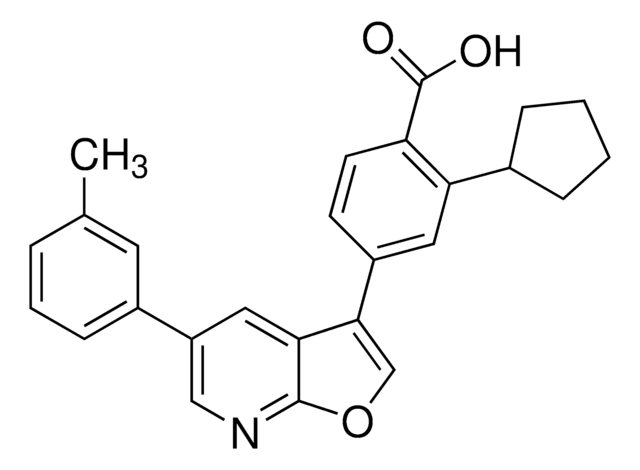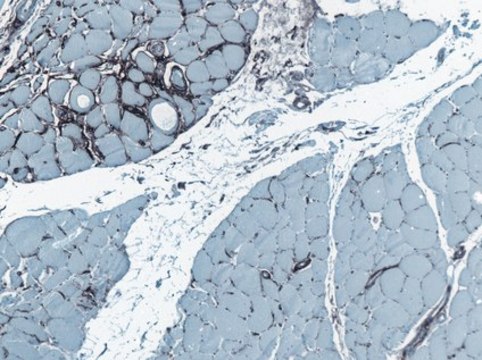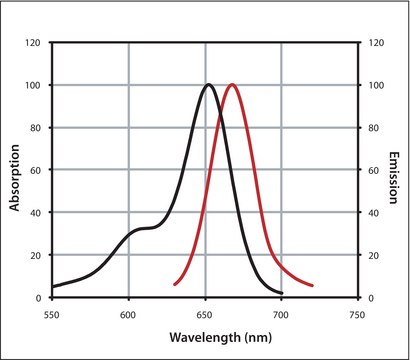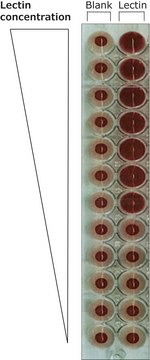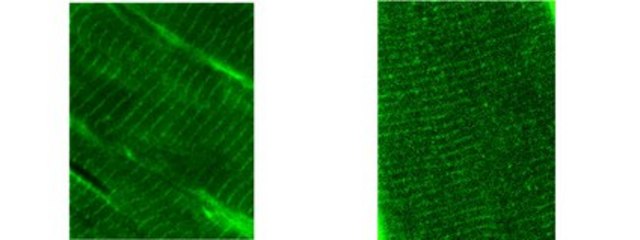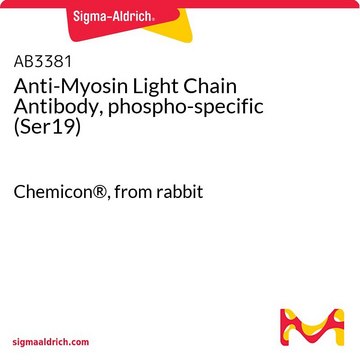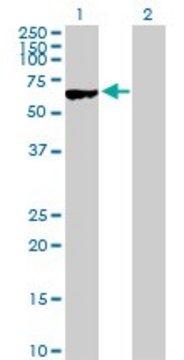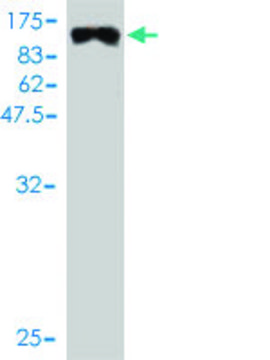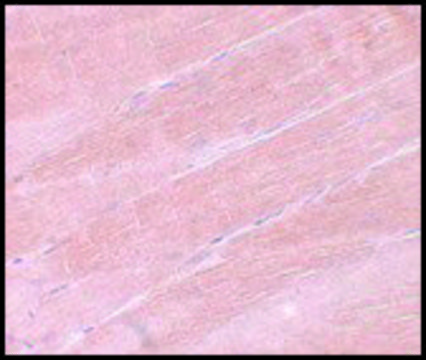AB3381
Anti-Myosin Light Chain Antibody, phospho-specific (Ser19)
Chemicon®, from rabbit
Select a Size
Select a Size
About This Item
Recommended Products
biological source
rabbit
Quality Level
antibody form
affinity purified immunoglobulin
antibody product type
primary antibodies
clone
polyclonal
purified by
affinity chromatography
species reactivity
mouse, human
manufacturer/tradename
Chemicon®
technique(s)
ELISA: suitable
western blot: suitable
NCBI accession no.
1 of 4
This Item | SAB1410806 | WH0004608M1 | SAB3500295 |
|---|---|---|---|
| antibody form affinity purified immunoglobulin | antibody form purified immunoglobulin | antibody form purified immunoglobulin | antibody form affinity isolated antibody |
| Quality Level 100 | Quality Level 100 | Quality Level 100 | Quality Level 100 |
| species reactivity mouse, human | species reactivity human | species reactivity human | species reactivity mouse, human |
| UniProt accession no. | UniProt accession no. | UniProt accession no. | UniProt accession no. |
| Gene Information human ... MYBPHL(343263) | Gene Information human ... MYBPH(4608) | Gene Information human ... MYBPH(4608) | Gene Information human ... MYBPC2(4606) |
Specificity
Immunogen
Application
Cell Structure
Cytoskeleton
ELISA: 1:120,000-1:135,000
Immunohistochemistry: 2.5 μg/mL
Physical form
Storage and Stability
Other Notes
Legal Information
Disclaimer
Not finding the right product?
Try our Product Selector Tool.
Storage Class Code
10 - Combustible liquids
WGK
WGK 2
Flash Point(F)
Not applicable
Flash Point(C)
Not applicable
Certificates of Analysis (COA)
Search for Certificates of Analysis (COA) by entering the products Lot/Batch Number. Lot and Batch Numbers can be found on a product’s label following the words ‘Lot’ or ‘Batch’.
Already Own This Product?
Find documentation for the products that you have recently purchased in the Document Library.
Our team of scientists has experience in all areas of research including Life Science, Material Science, Chemical Synthesis, Chromatography, Analytical and many others.
Contact Technical Service